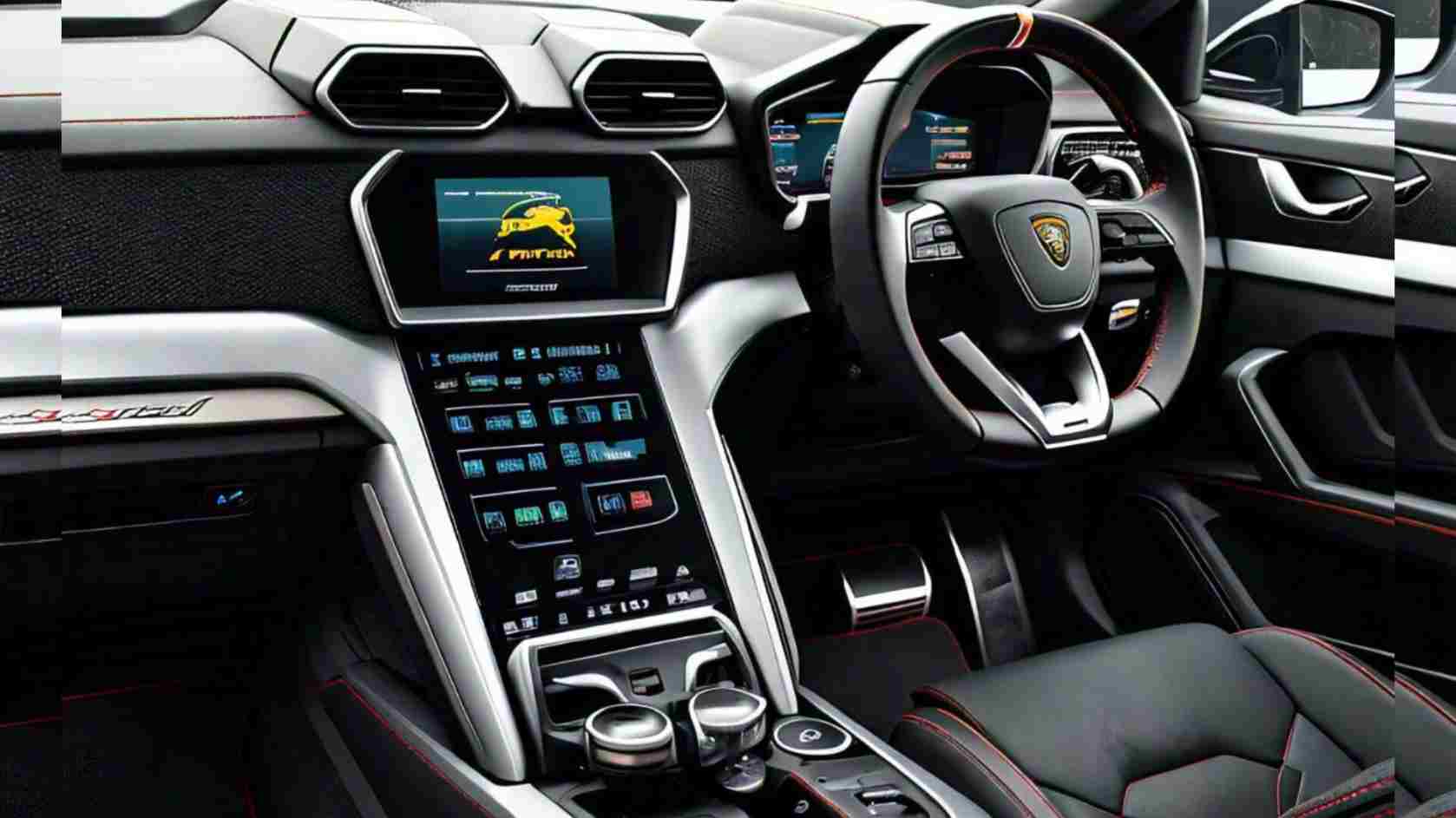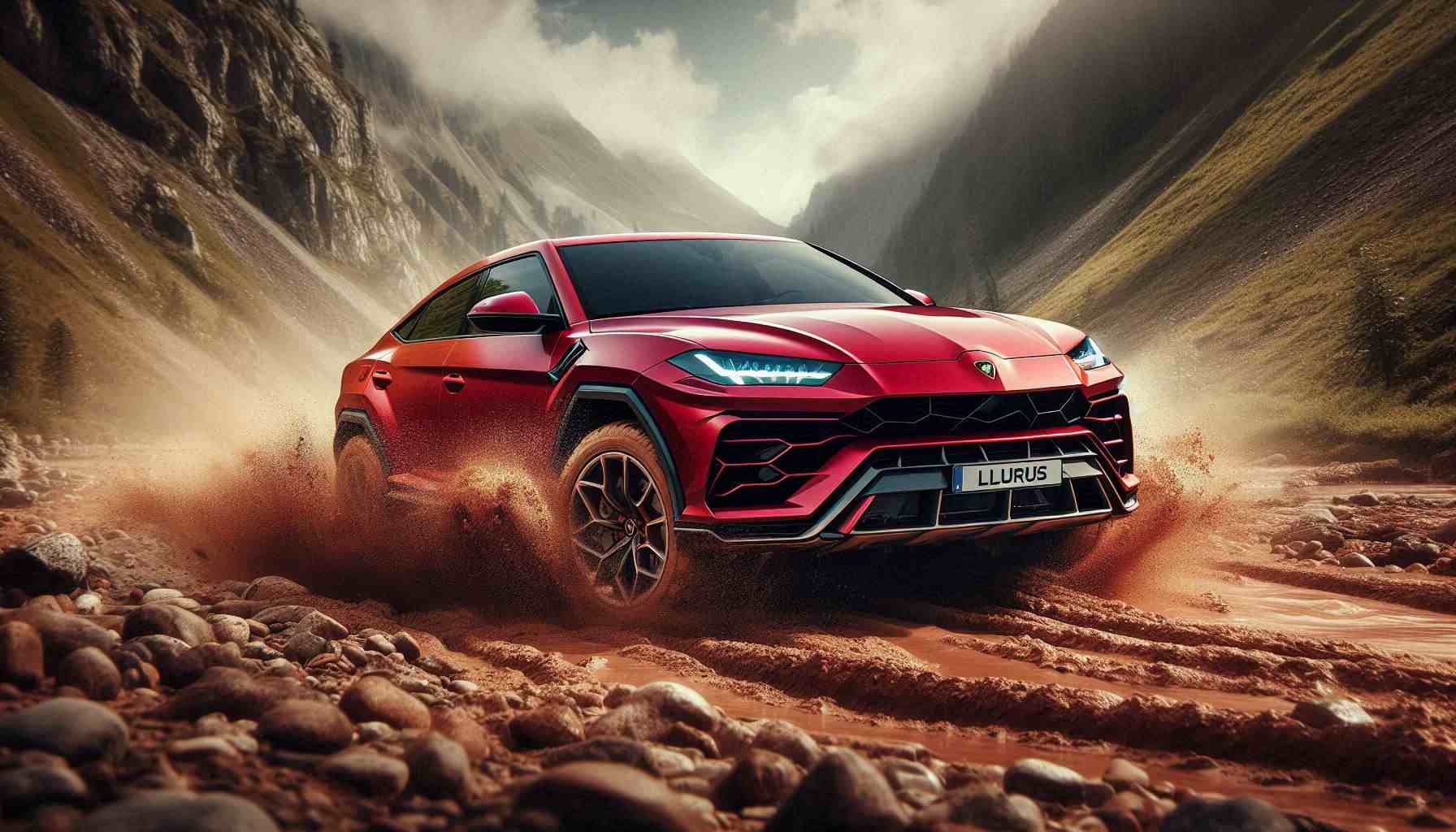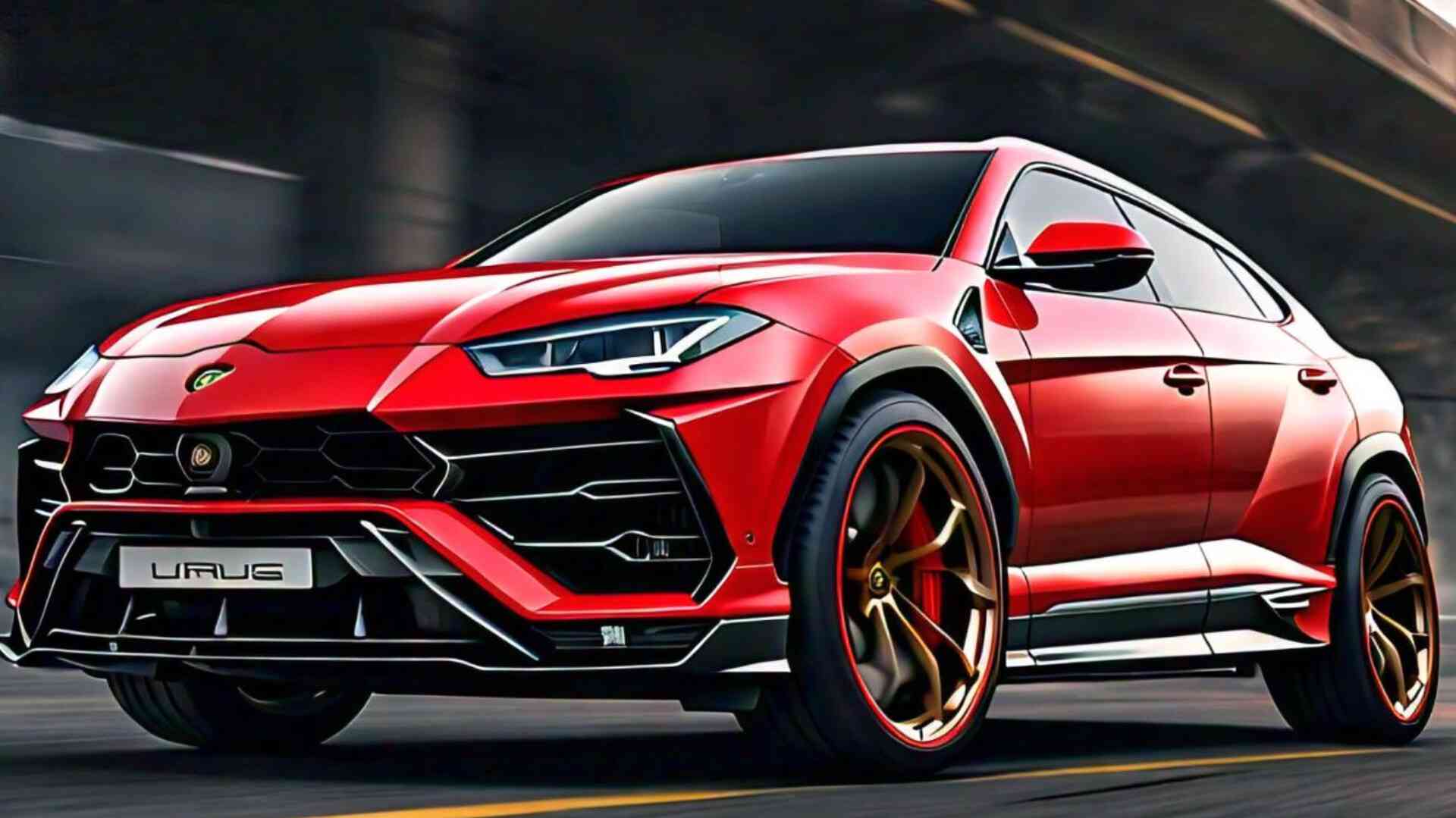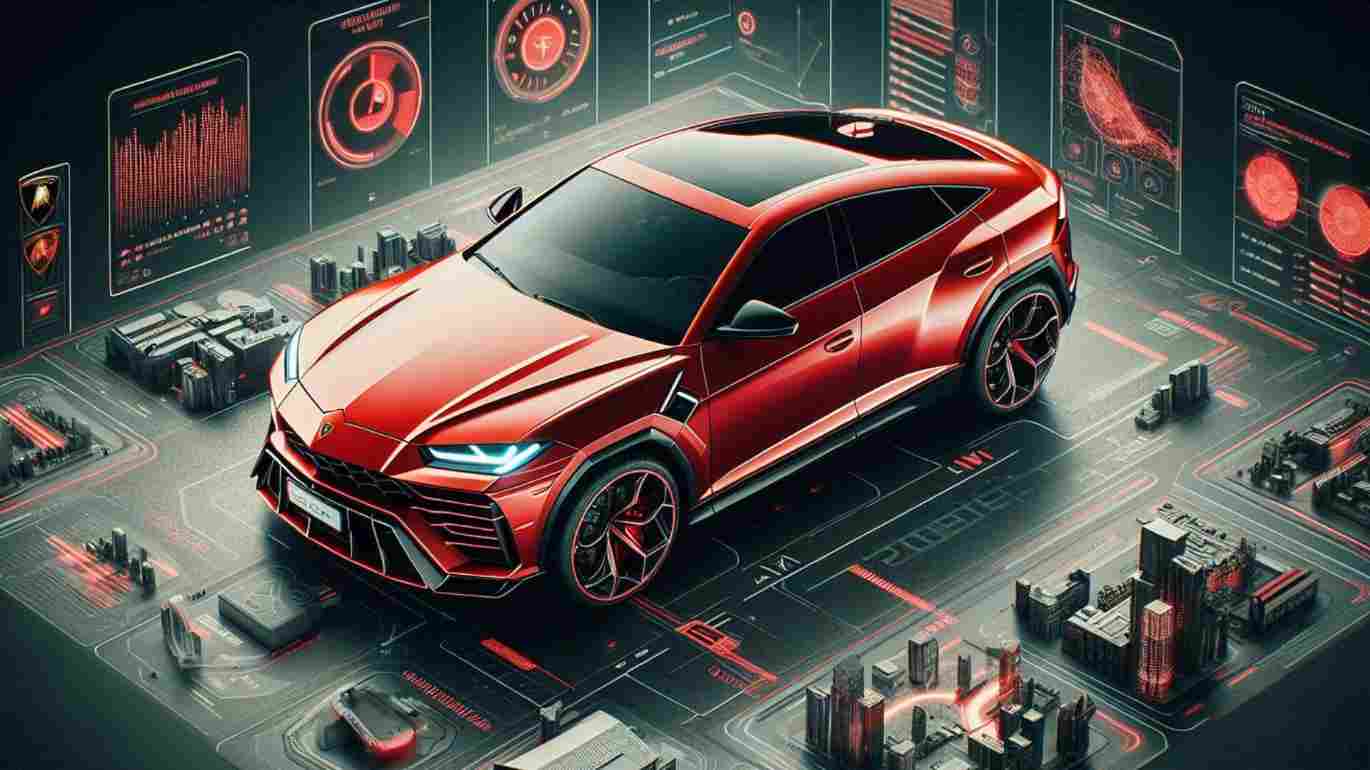The Lamborghini Urus is known for bringing sports car handling to an SUV platform, offering drivers an incredible blend of power and agility. Here, we explore what makes the Urus’s handling so unique, combining fun insights with a detailed look at its impressive technology.

Introduction to the Lamborghini Urus’s Handling
The Lamborghini Urus has the agility of a sports car but the strength of an SUV. Imagine a bull that thinks it’s a ballerina—that’s the essence of this car’s handling characteristics.
The Role of All-Wheel Drive
The all-wheel-drive system distributes power to each wheel, enhancing stability and grip in various conditions. This helps the Urus feel planted on the road, whether it’s cornering or cruising.
How Torque Vectoring Improves Control
With torque vectoring, the Urus can transfer power to specific wheels for optimal cornering. It’s as if the car knows exactly when to lean into a turn, making sharp handling effortless.
Adaptive Air Suspension for Versatile Handling
The adaptive air suspension adjusts to the road, ensuring comfort and control. Whether you’re off-road or on the highway, the suspension adapts to provide a smooth yet responsive ride.
Rear-Wheel Steering Benefits
Rear-wheel steering makes the Urus more agile by turning the rear wheels in the opposite direction at low speeds, improving maneuverability. At high speeds, it enhances stability by turning them in the same direction as the front wheels.
Dynamic Steering System for Precise Handling
The dynamic steering system adjusts the steering ratio based on speed and mode, giving drivers a fine-tuned sense of control. It’s all about providing a responsive yet comfortable steering experience.
Selecting the Right Drive Mode
The Lamborghini Urus offers multiple drive modes to match different terrains. Whether you’re in Strada for city driving, Terra for off-road, or Corsa for maximum performance, each mode tweaks the handling characteristics.

Aerodynamic Design and Its Impact on Stability
Designed with aerodynamics in mind, the Urus reduces drag while boosting stability. The sleek shape isn’t just for looks—it keeps the car balanced and responsive at high speeds.
Braking System: Stopping Power and Safety
With carbon-ceramic brakes, the Urus offers immense stopping power, critical for a high-performance SUV. It’s like having an anchor you can deploy whenever you need to bring the bull to a halt.
Weight Distribution: A Balancing Act
The Urus achieves near-perfect weight distribution, keeping the car balanced even during aggressive maneuvers. This balance is essential for ensuring both stability and agility.
Chassis Stiffness and Stability
The reinforced chassis of the Urus helps improve stability by reducing flex. A stiff chassis means the car can handle twists and turns without losing its composure.
Engine Position and Its Effect on Handling
The engine placement contributes to the vehicle’s weight distribution, which affects handling. Positioned to keep weight centered, it helps the Urus remain agile despite its size.
How the Urus Handles Off-Road
With features like adaptive air suspension and specific off-road drive modes, the Urus can tackle rugged terrains just as easily as paved roads.

Comparing the Urus to Other SUVs
Compared to other luxury SUVs, the Urus has handling that’s on another level. Its blend of SUV capabilities with sports car agility sets it apart from competitors.
Final Thoughts on the Urus’s Handling
The Lamborghini Urus offers a driving experience that combines strength and agility like no other SUV. With advanced handling technology and Italian engineering, it’s a vehicle that handles with unmatched precision.
FAQs About the Handling Characteristics of Lamborghini Urus
1. What makes the handling of the Lamborghini Urus unique?
The Urus combines the agility of a sports car with the stability of an SUV, using advanced systems like all-wheel drive and adaptive air suspension.
2. Can the Urus handle off-road terrain?
Yes, the Urus is equipped with off-road drive modes and adaptive suspension, allowing it to perform well on various terrains.
3. How does torque vectoring work in the Urus?
Torque vectoring distributes power to specific wheels, improving cornering and stability by adjusting power as needed during turns.
4. What is the role of rear-wheel steering in the Urus?
Rear-wheel steering enhances maneuverability at low speeds and stability at high speeds, making the Urus easy to handle.
5. Is the Lamborghini Urus stable at high speeds?
Yes, features like dynamic steering, a stiff chassis, and aerodynamic design make it exceptionally stable, even at high speeds.










